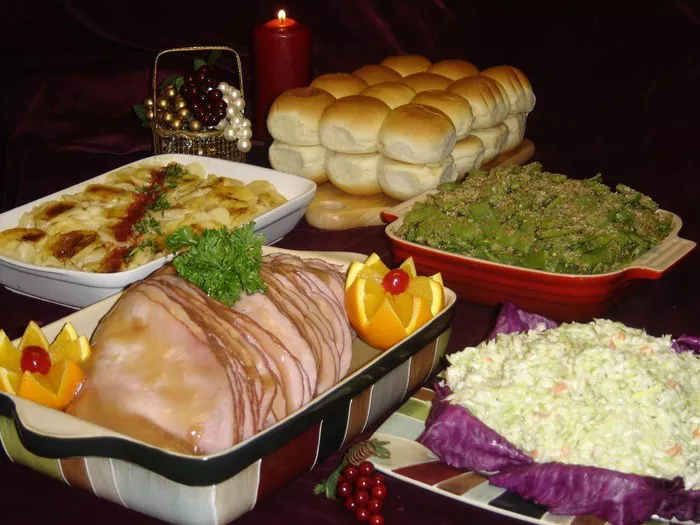If you’ve ever wandered through the enchanting streets of Italy during the holiday season, you might have come across a captivating display known as a “presepio.” This cherished tradition, deeply rooted in Italian culture, carries a profound significance and serves as a visual representation of the Nativity scene. In this article, we will delve into the world of presepio, exploring its history, components, cultural importance, and where you can witness these beautiful creations.
1. The Historical Origins of Presepio
The word “presepio” itself is derived from the Italian word for “crib” or “manger,” and it refers to the Nativity scene or crèche. The tradition of creating presepios dates back to the 13th century in Italy, credited to St. Francis of Assisi. St. Francis is believed to have set up the first Nativity scene in Greccio, Italy, as a way to visually depict the birth of Jesus Christ and emphasize the humility and simplicity of that moment.
2. Components of a Presepio
A presepio is much more than a static representation of the Nativity scene; it is a detailed diorama that typically includes various components:
a. Holy Family: At the heart of every presepio, you will find the Holy Family—Joseph, Mary, and the infant Jesus. They are often the central figures, symbolizing the birth of Christ.
b. Angels: Angels are depicted hovering above the scene, singing praises and heralding the good news of Christ’s birth.
c. Shepherds and Sheep: Representing the humble witnesses of Jesus’ birth, shepherds and their sheep are common figures in presepios.
d. Wise Men: The three wise men or magi, bearing gifts of gold, frankincense, and myrrh, are an integral part of the Nativity narrative.
e. Village and Animals: Presepios often include a miniature village with houses, market stalls, and various animals to create a lifelike setting.
f. Landscape: The landscape, complete with hills, rivers, and vegetation, adds depth and realism to the scene.
3. Cultural Significance of Presepio
The presepio holds immense cultural significance in Italy and other parts of the world. It serves as a visual representation of the Christmas story, reminding people of the humble birth of Jesus and the values of love, compassion, and togetherness. Beyond its religious meaning, presepios are seen as an expression of artistry and craftsmanship, with families and communities taking great pride in creating elaborate displays.
4. Regional Variations of Presepio
While the core components of a presepio remain consistent, there are regional variations and personal touches that make each presepio unique. In southern Italy, for example, presepios may include figurines representing local characters and traditions. In Naples, presepio scenes are particularly famous for their intricacy and attention to detail, often featuring hundreds of figures and elaborate backdrops.
5. Where to Experience Presepios
If you’re eager to witness the beauty of presepios, you’re in for a treat. These enchanting displays are commonly found in various places, including:
a. Churches and Cathedrals: Many churches and cathedrals in Italy and around the world feature presepio displays during the Christmas season.
b. Christmas Markets: You can often find presepio figurines and components at Christmas markets, allowing you to create your own Nativity scene at home.
c. Museums: Some museums, especially those dedicated to folklore and traditions, host exhibitions of presepios.
d. Private Homes: In Italy, it’s a cherished tradition for families to create their own presepios, and some are generous enough to open their homes to visitors during the holiday season.
In conclusion, the presepio is a time-honored tradition that beautifully captures the essence of Christmas and the birth of Jesus Christ. With its historical roots, intricate details, and cultural significance, it continues to be a beloved part of holiday celebrations in Italy and beyond. So, whether you come across a presepio in a church, museum, or even a local home, take a moment to appreciate the artistry and the profound message it conveys during the festive season.























